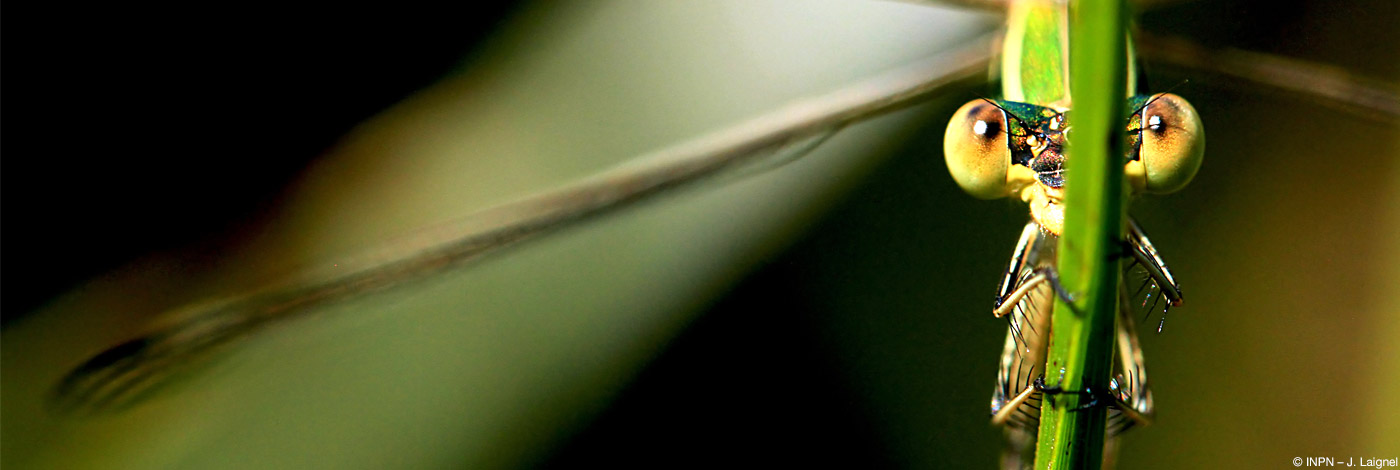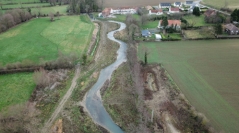

 Naturae
2022 (5) - Pages 101-111
Naturae
2022 (5) - Pages 101-111The guide for a standardized monitoring of hydromorphological restoration works in rivers aims to support managers in the evaluation of the efficiency of their work and produce homogeneous, stored and traceable monitoring data, to fuel science on the effects of hydromorphological restoration works in rivers. Resulting from a long collaborative process, this monitoring (also called Minimal Scientific Monitoring or MSM) was built around major structuring principles such as BACI-type design, long-term monitoring and the use of standardized protocols. It is applicable in mainland France on the wadeable watercourses with at least one meter of wetted width and has been adapted to seven types of hydromorphological restoration works. The example of application at the restoration site at La Hem in Tournehem-sur-la-Hem (northern France) shows how this monitoring can be implemented in the field. The Moulin de la Leulenne’s weir removal and the Hem river remeandering aim to allow recolonization of the upstream section by migratory fishes and to revitalize hydromorphological processes. The willingness to evaluate the success of the operation led to the implementation of the MSM, completed by other follow-ups. The first results show a very positive response of anadromous fish communities. Thanks to high flow periods during the winter following restoration works, the remobilization of coarse sediments occurred upstream the removed weir, allowing European river lamprey to spawn in the restored river section. One of the keypoints of the MSM project is the constant updates, thus riparian vegetation and river restoration co-benefits monitoring will be shortly investigated.